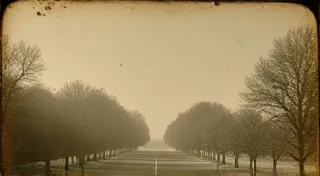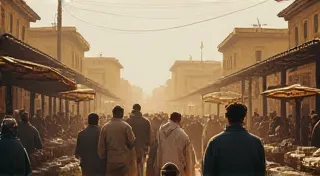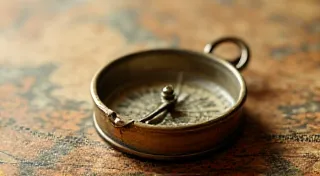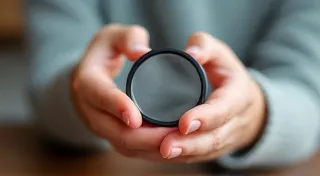The Collector's Legacy: Passing Down the Passion for First Day Covers to Future Generations
The scent of aged paper. The gentle rustle as you lift a pristine First Day Cover (FDC) from its protective sleeve. The thrill of holding a tangible piece of history, a window into a bygone era. These are the sensations that bind us, the serious stamp collectors, to a hobby that is so much more than just accumulating paper rectangles. It’s a journey through postal history, a connection to artistry, and a profound appreciation for the stories held within each tiny stamp. But what happens when that passion risks fading with our generation? How do we ensure this intricate, fascinating world of FDCs continues to thrive, leaving a lasting legacy for those who come after us?
My grandfather, Elias, ignited my love for philately. He wasn’s a flamboyant collector; his joy wasn’t in acquiring the most expensive rarities. Instead, he meticulously collected FDCs from the 1930s through the 1960s, each one carefully documented in a well-worn album. He saw more than just a stamp and a cancellation mark; he saw the ingenuity of the postal service, the artistry of the engravers, and the evolution of American society reflected in those first days of issue. He would sit with me, a restless boy, and patiently explain the significance of a Zeppelin stamp, the beauty of a Lincoln Memorial design, the historical context of a World’s Fair issue. It wasn't lecturing; it was sharing his passion, his history, his *world*.
He had a similar reverence for his antique accordion. Not a flashy instrument, but a sturdy, well-made German model from the 1920s. He’s explain the intricacy of its mechanics, the skilled craftsmanship involved, the dedication of the makers who built it to last. The analogy struck me then, and resonates still now: both the accordion and the FDCs were embodiments of dedication, artistry, and enduring quality – and both were vulnerable to being forgotten if their beauty and value weren’t appreciated and passed on.

Making Philately Accessible to Young Minds
The biggest hurdle is often engagement. Modern children are bombarded with instant gratification and digital stimulation. The deliberate pace of stamp collecting – the research, the careful handling, the patient waiting for new issues – can seem daunting. We need to make philately accessible, not a chore.
Start small. Forget about striving for perfection or building a comprehensive collection. Let them choose a theme that genuinely interests them – perhaps animals, sports figures, or transportation. A collection centered around US presidents is another excellent starting point, connecting the hobby with history they’re learning in school. Let them explore! The fun lies in the discovery. Understanding the historical context behind each stamp is crucial; it's about appreciating not just the image, but the era it represents. Often, seemingly simple stamps can unlock rich narratives about the postal service and its role in shaping our world—a fascinating subject explored in depth in articles like The Alchemy of Postage: Transforming Common Paper into Treasured Moments.
Hands-on activities are vital. Have them research the history behind a particular stamp. Why was it issued? What event was being commemorated? Encourage them to write a short story about the journey a letter might have taken, using the stamp as a visual anchor. Visiting a local stamp club or attending a stamp show can also be incredibly stimulating, providing opportunities to meet other collectors and see a wide variety of FDCs firsthand.
The Art of Storytelling: Connecting History to Stamps
FDCs aren't just pieces of paper; they are portals to the past. Don’t just show your children a stamp; tell them the story it represents. Imagine explaining the significance of the 1947 Jamestown issue, connecting it to the early days of American colonization and the ongoing celebration of our nation’s heritage. Or describing the artistry behind the 1969 Moon Landing issue, capturing the excitement and technological marvel of the Apollo 11 mission.
Bring history alive! Show them photographs from the time period the stamp represents. Play period music. Read aloud historical accounts. Make it an immersive experience. The more they understand the context, the more they'll appreciate the stamp's value, both historical and collectible. Examining these stamps offers a unique window into societal values and shifts over time, a concept explored further in The Ephemeral Archive: How First Day Covers Reflect the Shifting Sands of Societal Values. You've got more than just a collectible; you’re holding a tiny reflection of a moment in time.
Beyond the Album: Engaging with Philately in New Ways
Traditional albums and stock books are essential for organization, but they shouldn’t be the limit of engagement. Encourage creativity! Perhaps your child might enjoy designing their own exhibition pages showcasing their favorite stamps. Or creating a digital presentation using images and historical information. Digital photography, with proper care to avoid damaging the FDCs, can be used to create stunning online displays.
There are also opportunities for collaborative collecting. Start a joint collection with your child, each contributing stamps based on a chosen theme. This fosters a sense of shared responsibility and encourages ongoing conversation about the hobby. Even better, if you know other collecting families, consider establishing a small “philatelic club” among the children, fostering a sense of community and shared passion. The stories behind these stamps are just as important as their appearance. Sometimes the cancellation mark itself can provide clues about the journey of the letter, offering a personal touch that transcends the image on the stamp—a fascinating area explored in detail in Whispers of the Post Office: Unearthing the Human Stories Behind First Day Cover Cancellations.
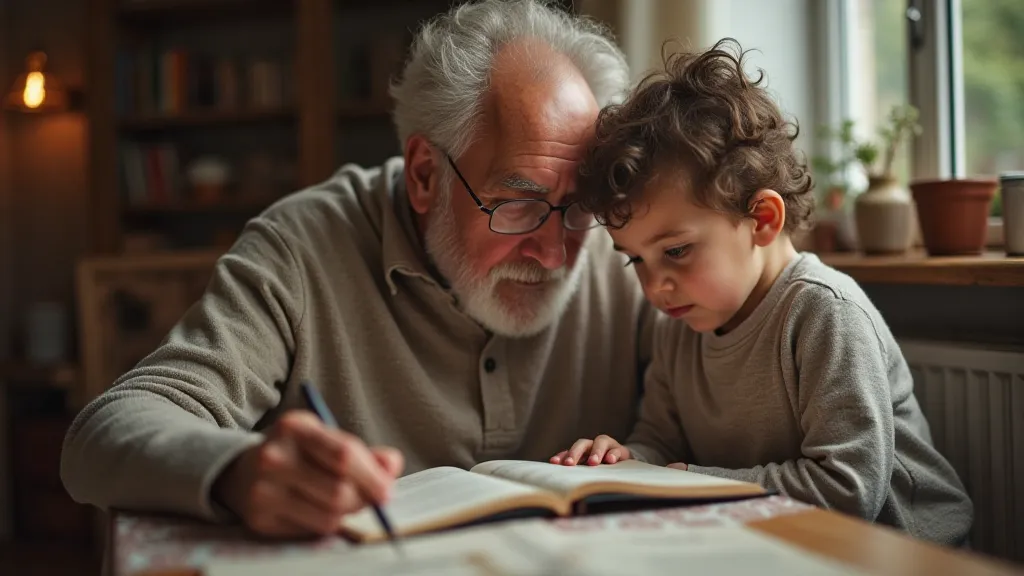
Navigating Value and Preservation: Gentle Introductions
While the financial aspect of stamp collecting shouldn’t be the primary focus, it’s important to impart basic principles of value and preservation. Explain that some FDCs are more valuable than others due to factors like rarity, condition, and errors. Teach them how to properly handle stamps to prevent damage – using tongs, storing them in protective sleeves, and avoiding excessive exposure to light and moisture.
However, avoid overwhelming them with technical jargon. The goal is to cultivate a love for the hobby, not to turn them into expert appraisers. Instead, emphasize the intrinsic value – the historical significance, the artistry, the stories held within each FDC. Perhaps a brief discussion about the difference between “mint” and “used” condition can be introduced casually, without dwelling on the nuances of grading.
The Evolution of Design and Postal History
The beauty of First Day Covers goes beyond just the stamp itself; it's intertwined with the evolution of postal design and service. From the ornate lettering and intricate borders of early issues to the modern, minimalist styles, each element tells a story of progress and innovation. The visual language employed in these covers is often a reflection of the broader artistic trends of the time, making them invaluable documents for understanding the cultural landscape of the past. The deliberate choices made by designers – the font used, the colors selected, the layout – all contribute to the overall message and aesthetic appeal of the cover.
Expanding Horizons: Digital Tools and Resources
The digital age has opened up exciting new avenues for exploring and appreciating First Day Covers. Online databases, auction sites, and virtual communities provide unparalleled access to information and opportunities for connecting with fellow collectors. Scanning and sharing images of your collection online allows you to reach a global audience and receive feedback from experts. However, it's important to exercise caution when dealing with online resources, ensuring that you're using reputable sources and protecting your personal information.
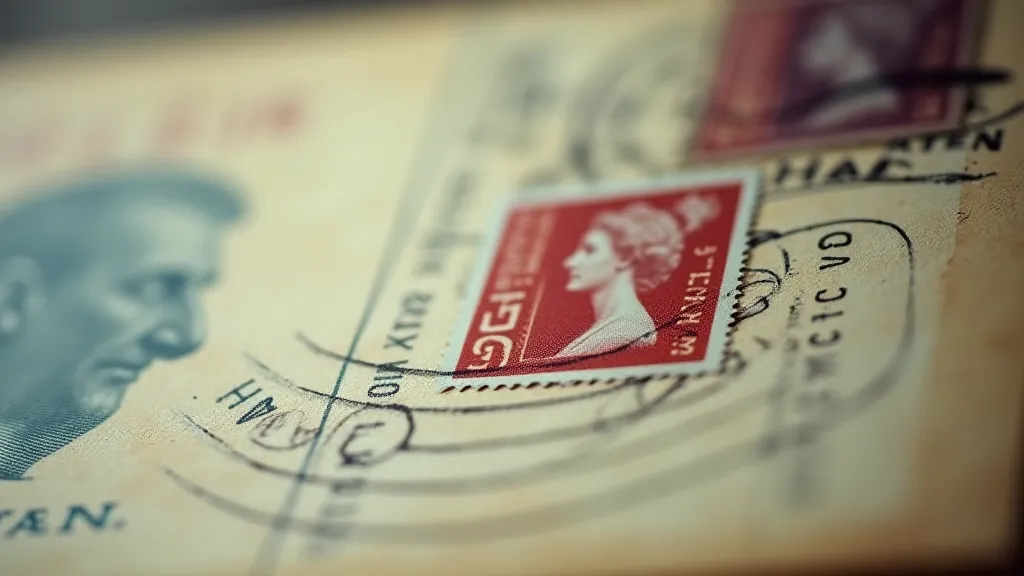
The Legacy Continues
Passing down the passion for First Day Covers isn’t about replicating your own collecting habits. It’s about igniting a spark, fostering a love for history and artistry, and creating a connection to a rich and enduring tradition. It’s about ensuring that the scent of aged paper and the gentle rustle of an album continue to resonate with future generations.
Just as my grandfather shared his passion for stamps and accordions with me, I hope to inspire my own children to appreciate the beauty and significance of these tangible pieces of history. The legacy isn’t just in the stamps themselves, but in the shared moments, the stories told, and the connection to a world far beyond the confines of an album page. The collector's legacy lives on, one First Day Cover at a time.


